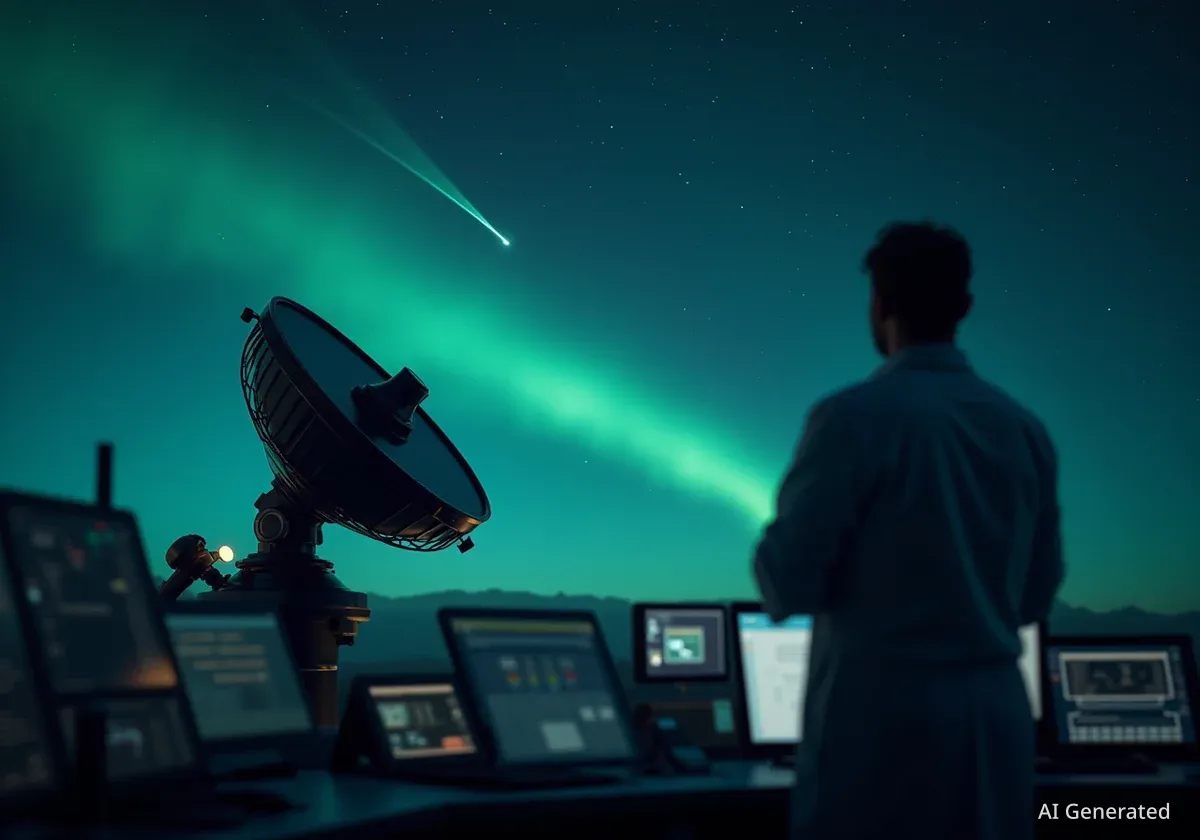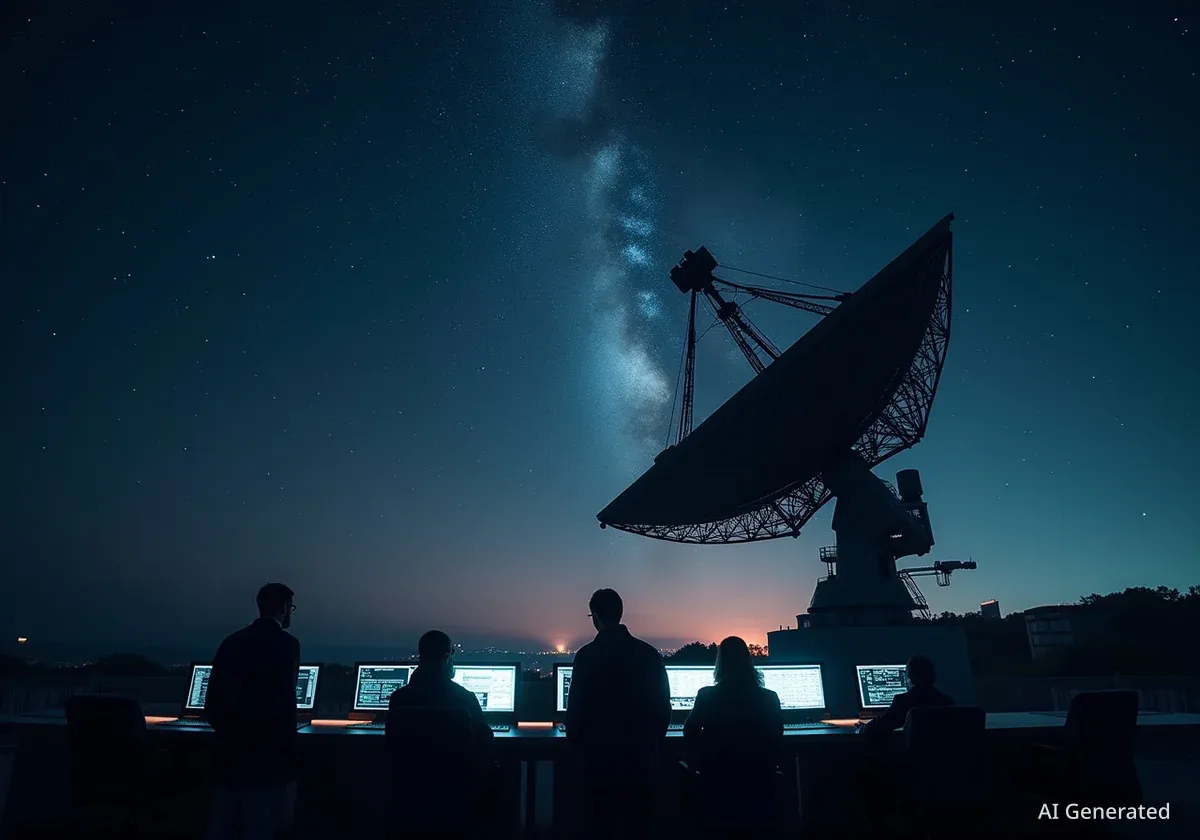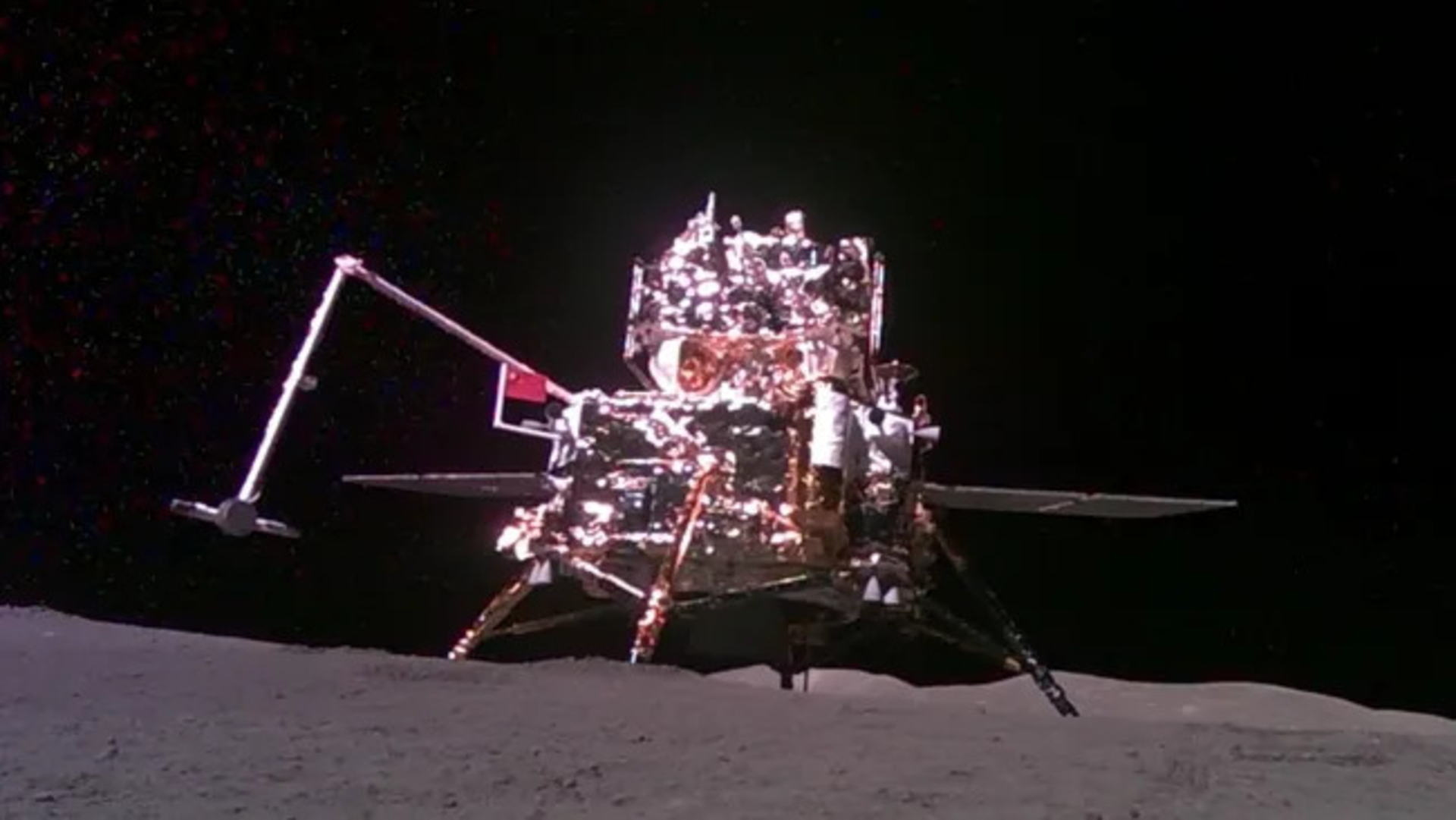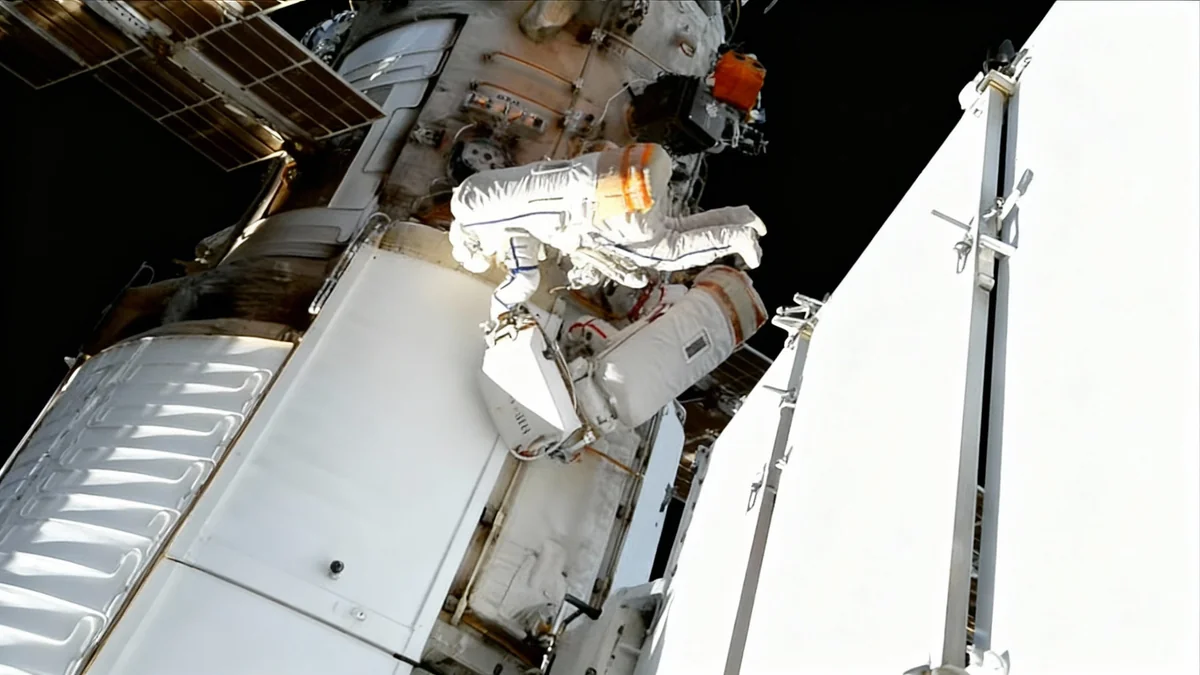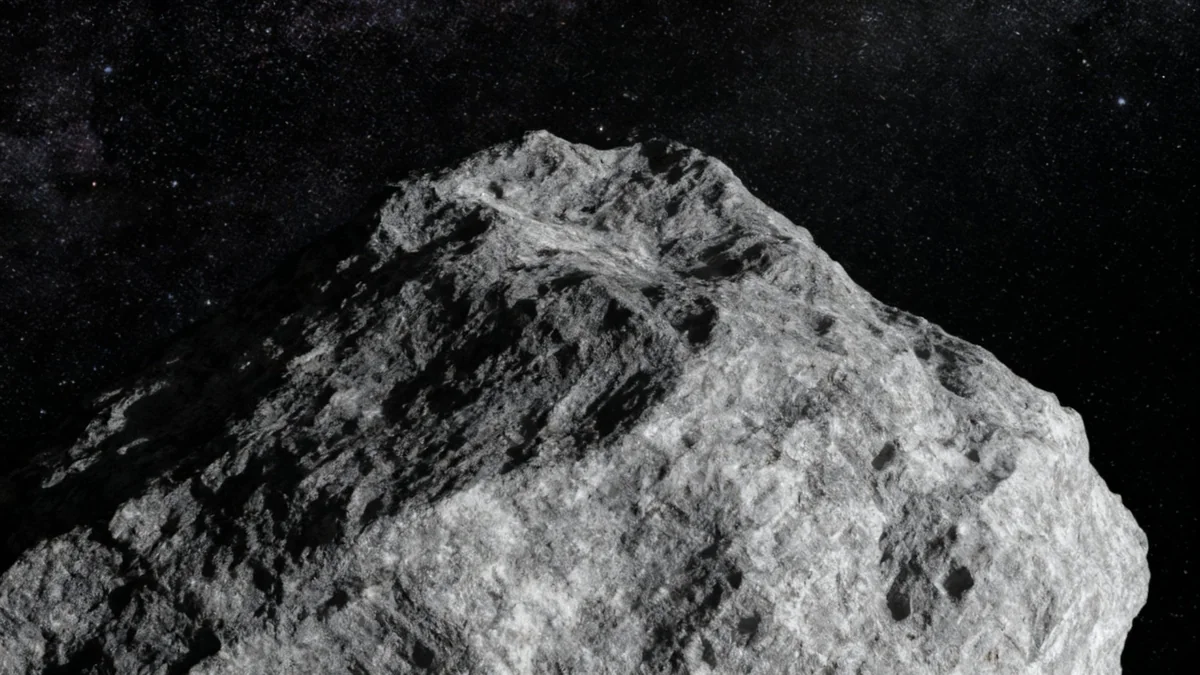An ancient comet visiting from another star system is showing unexpected behavior, releasing metallic gas at a distance from the sun where it should be frozen solid. This rare visitor, named 3I/ATLAS, is only the third interstellar object ever detected in our solar system, providing scientists an unprecedented opportunity to study material formed around a distant star.
Researchers observing the comet were surprised to detect nickel vapor in its gaseous halo, or coma. The discovery challenges existing models of comet composition and activity, suggesting that our understanding of these deep-space objects may be incomplete.
Key Takeaways
- Comet 3I/ATLAS is the third known interstellar object to enter our solar system, offering a rare look at materials from another star system.
- Scientists detected nickel vapor in the comet's gassy envelope at nearly four times Earth's distance from the sun.
- This discovery is unusual because temperatures are typically too low at that distance for metals to turn into gas.
- The finding suggests the comet, potentially older than our solar system, carries unique chemical clues about its origin.
A Rare Glimpse Beyond Our Solar System
On July 1, astronomers confirmed that an object first spotted by the Asteroid Terrestrial-impact Last Alert System (ATLAS) survey was not from around here. Designated 3I/ATLAS, it became just the third confirmed object to have journeyed from interstellar space into our cosmic neighborhood.
Such visitors are incredibly valuable to science. They are, in effect, time capsules carrying physical and chemical information from their home star systems, which are too far away for any current spacecraft to reach.
What is an Interstellar Object?
An interstellar object is a comet or asteroid that originated outside our solar system and is temporarily passing through it. Their unique, highly exaggerated orbits distinguish them from local objects that are gravitationally bound to our sun. Studying them offers direct samples of the building blocks of other planetary systems.
Darryl Z. Seligman, an assistant professor at Michigan State University, is coordinating a global effort to track the comet. He emphasized the importance of observing 3I/ATLAS before it inevitably leaves our solar system, stating that it is an "extremely valuable" opportunity for researchers.
The Surprising Discovery of Nickel
The most significant finding so far comes from a team in Chile. While observing the comet with the Very Large Telescope, researchers detected the distinct signature of nickel vapor in the light reflecting off its gassy envelope.
Rohan Rahatgaonkar, a Ph.D. student at the Instituto de Astrofísica-Pontificia Universidad Católica de Chile, was part of the team that made the discovery. He noted that the detection was made when the comet was nearly four times farther from the sun than Earth is. At this distance, the extreme cold of deep space should keep metals frozen solid.
"It was pretty clear that it was nickel," said Thomas Puzia, who led the research team. "So it was super, super exciting."
The presence of metal vapor under these frigid conditions is a scientific puzzle. It suggests that 3I/ATLAS may have a composition or internal process different from the comets native to our own solar system.
A Comet's Journey
As 3I/ATLAS travels closer to the sun, the increasing heat will cause more materials to vaporize from its surface. Scientists will be watching closely to see what other elements are released, which will provide more clues about its origin and composition.
An International Effort
The discovery was not the result of a single observation. It involved a worldwide collaboration of scientists using multiple instruments. Initial observations were conducted using the Southern Astrophysical Research (SOAR) Telescope in Chile.
Over several days, as the team including Rahatgaonkar and Baltasar Luco continued to monitor the comet, the levels of nickel vapor were observed to increase. This data was gathered and analyzed by researchers across the globe, highlighting the collaborative nature of modern astronomy.
Puzia cautions that the research is still in its early stages. More evidence is needed to understand the full implications of the nickel detection, but it has already opened new avenues for studying the chemistry of ancient, extrasolar materials.
Unlocking Secrets of a Distant Past
The chemical makeup of 3I/ATLAS is a direct reflection of the environment where it formed, potentially billions of years ago. Rahatgaonkar suggests the comet "could be maybe older than our solar system."
Every element detected in its coma provides a piece of a larger puzzle about the chemical conditions of its home star system. The unexpected presence of nickel vapor is a significant clue that could reshape theories about how planetary systems form and evolve.
As 3I/ATLAS continues its journey through our solar system, it will be subjected to intense observation. The thermodynamic changes it undergoes will reveal more about its composition and history. For scientists, this interstellar visitor is not just a passing curiosity; it is a messenger from the distant past and a far-off corner of the galaxy.

